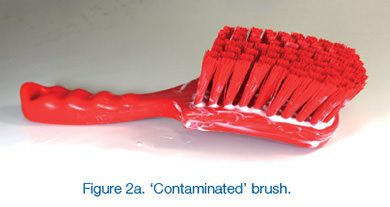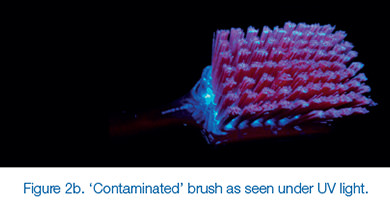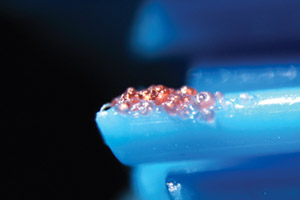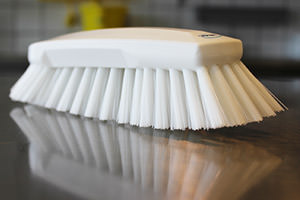The Hygienic Design of Food Industry Brushware
- the good, the bad and the ugly
Cleaning is a critical step in the management of food safety. Consequently, the correct selection of cleaning equipment by the food manufacturing and food service industries is essential to minimise the risk of product contamination, and aid compliance to relevant regulatory, guidance and standard requirements.
Once contaminated, the cleaning equipment itself can then become a ‘vector’ of contamination, i.e. it can spread the contamination around the environment, increasing the subsequent risk of cross contamination to the food.
Investigations conducted by Vikan indicate that much of the cleaning equipment currently used in the food industry is of poor hygienic design, therefore increasing the risk of cross-contamination. Clearly the application of good hygienic design criteria would help minimise this risk.
The importance of using cleaning equipment of good hygienic design has recently been recognised by the British Retail Consortium (BRC) who, in issue 7 of their Global Standard for Food Safety, newly state that ‘cleaning equipment shall be: hygienically designed and fit for purpose’[2].
This paper provides a summary of information, with regard to hygienic equipment design criteria, and illustrates, thorough the use of examples, good and bad hygienic design of food industry brushware.






